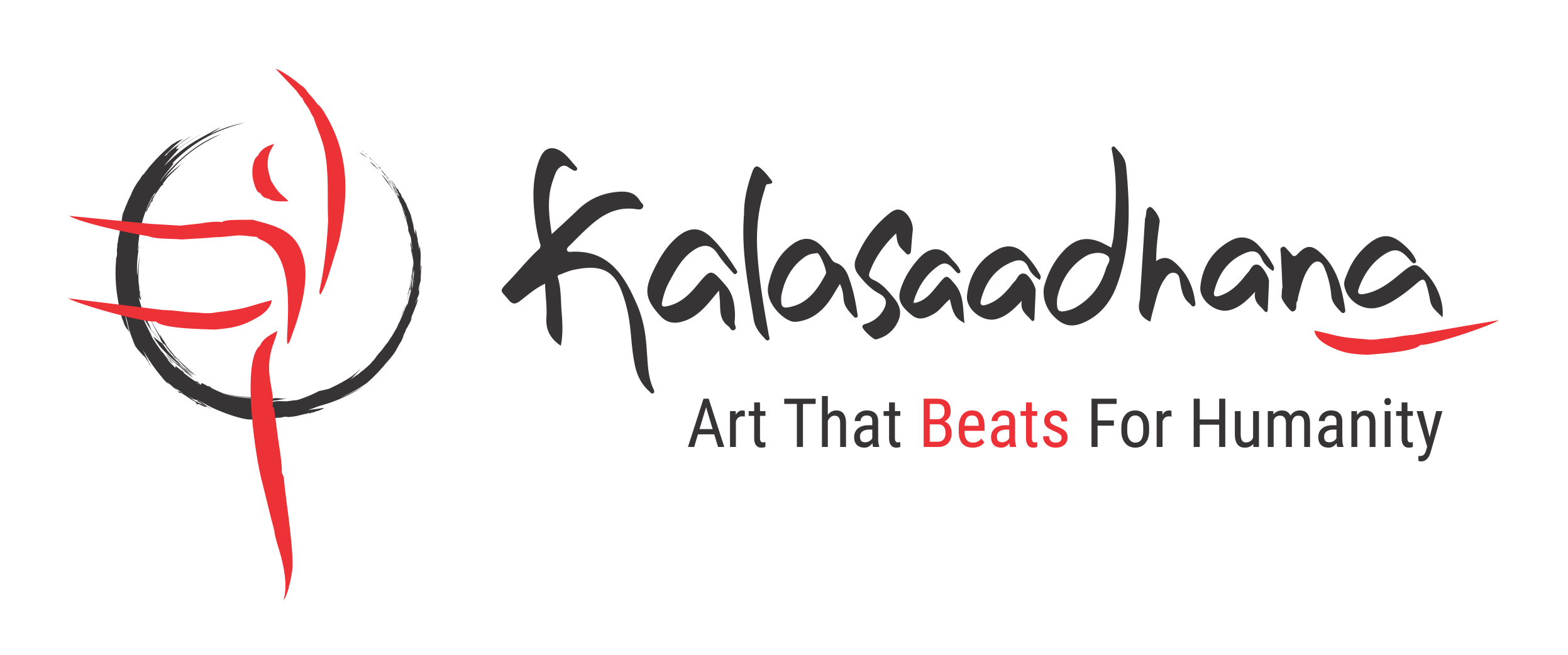Good and evil
The battle between good and evil is a universal theme that transcends time and culture, a theme that resonates with people across the world and across generations. It is a story we find in the oldest myths, religious texts, and epics, as well as in modern literature and media. What makes this struggle particularly fascinating is that it is rarely ever clear-cut—good and evil are not always easily distinguishable. Instead, this battle often unfolds in the gray areas of human nature, where complex emotions such as fate, duty, desire, and morality influence the choices of the characters involved.
In the vast tapestry of Indian mythology, we see these themes embodied in some of the most iconic and intricate characters from two of the most revered epics: the Ramayana and the Mahabharata. These works present a rich array of figures who, while facing the same moral dilemmas, embody vastly different aspects of good and evil. By exploring these characters, we can gain a deeper understanding of the internal and external battles they face, and how their stories continue to challenge our perceptions of heroism, villainy, and justice.
The Battle Within:Through these characters, we understand that the battle between good and evil is not confined to external forces but often exists within ourselves. The moral dilemmas faced by Thadakai, Panjali, Karnan, Ravanan, Sikandi, Kooni, and Surpanakai show that the lines between good and evil are often blurred. Each of these figures challenges us to reflect on our own values and beliefs, and how the choices we make are influenced by internal struggles with desire, duty, and destiny.As we examine their stories, we are reminded that the battle between good and evil is ongoing and ever-present in our lives, and that each decision we make, however small, plays a role in shaping who we are. This program invites us to reflect not just on the grand epics of mythology but also on the everyday battles we fight within ourselves, exploring the complexities of heroism, villainy, and the gray areas in between.
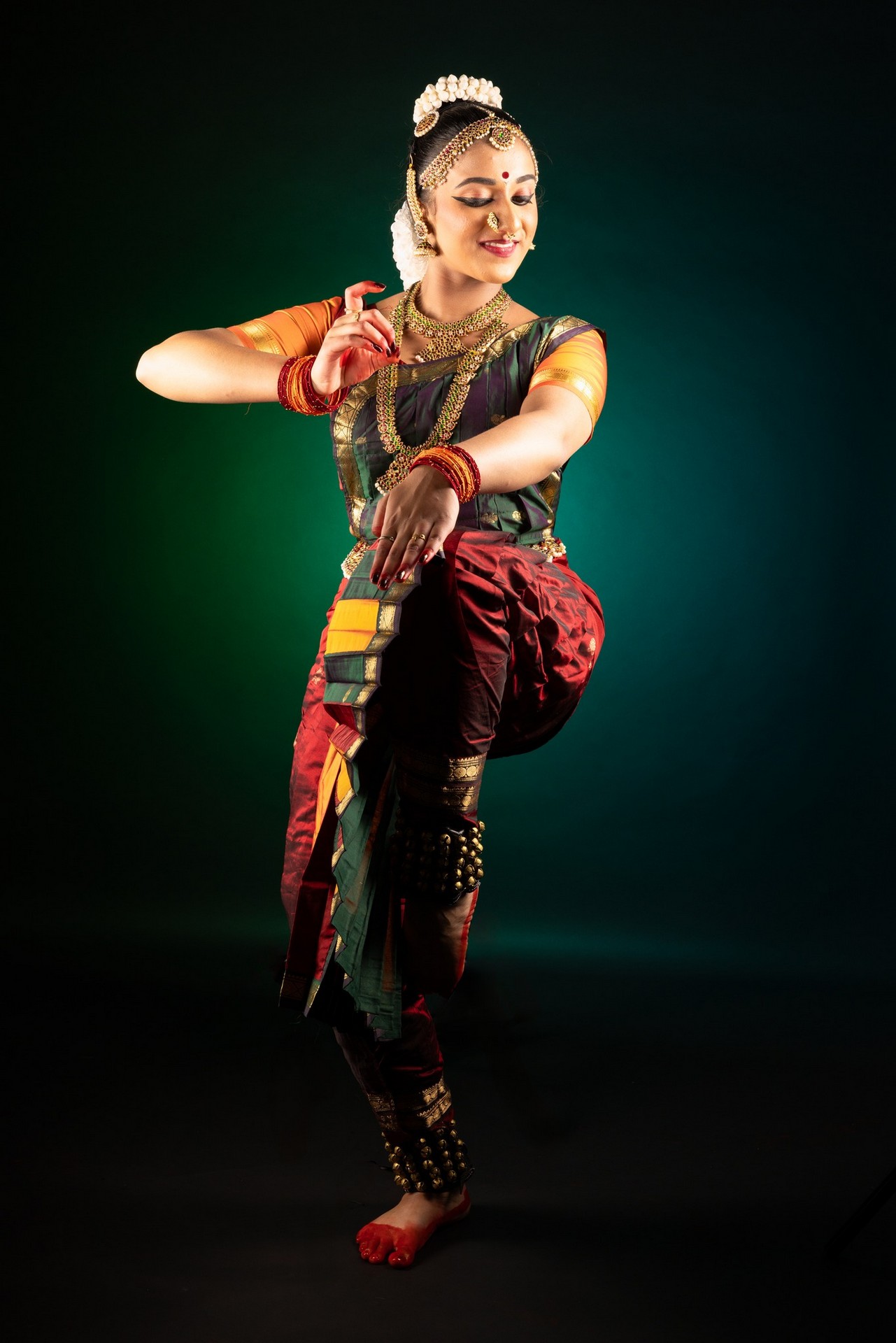
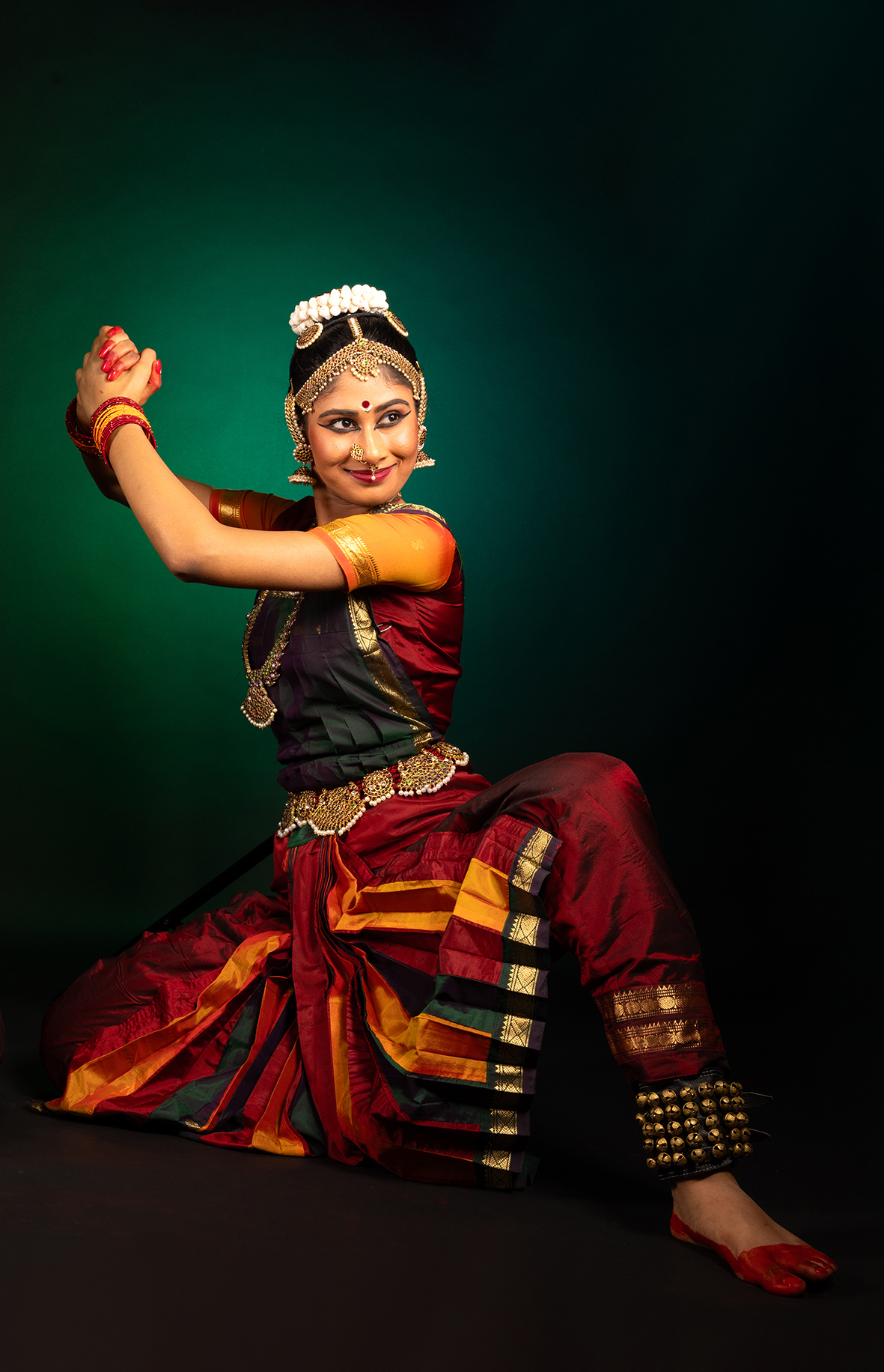
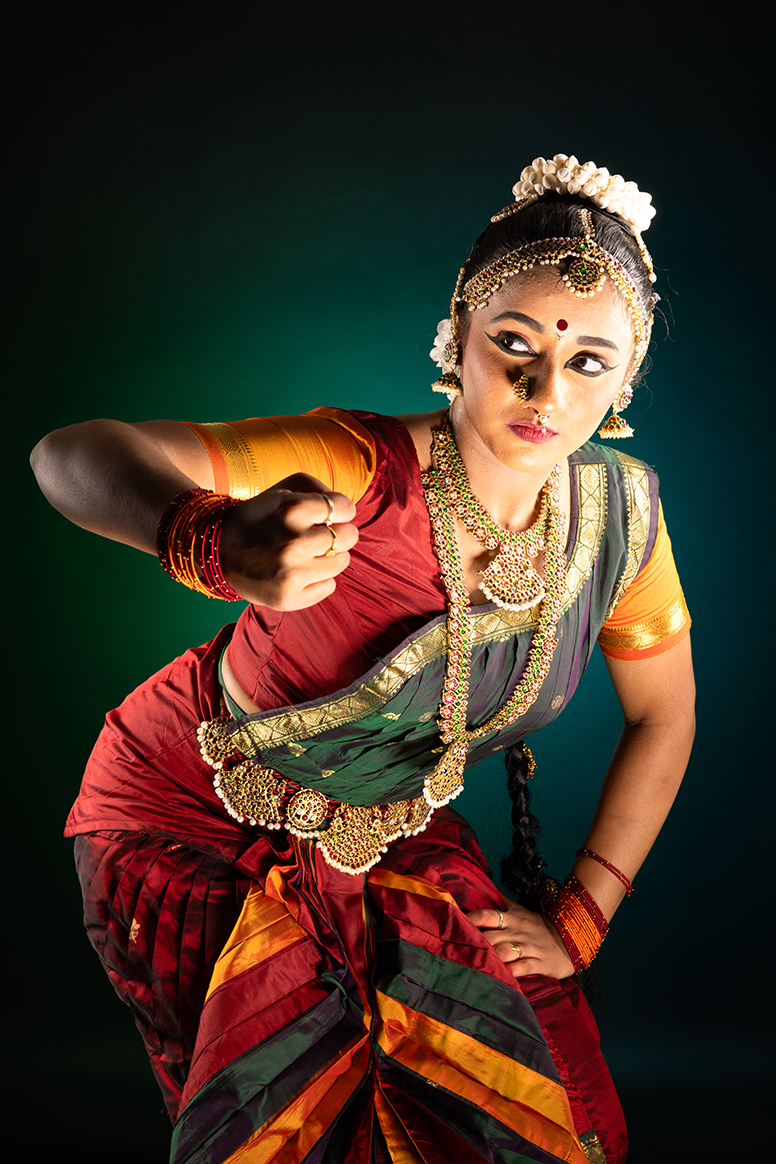
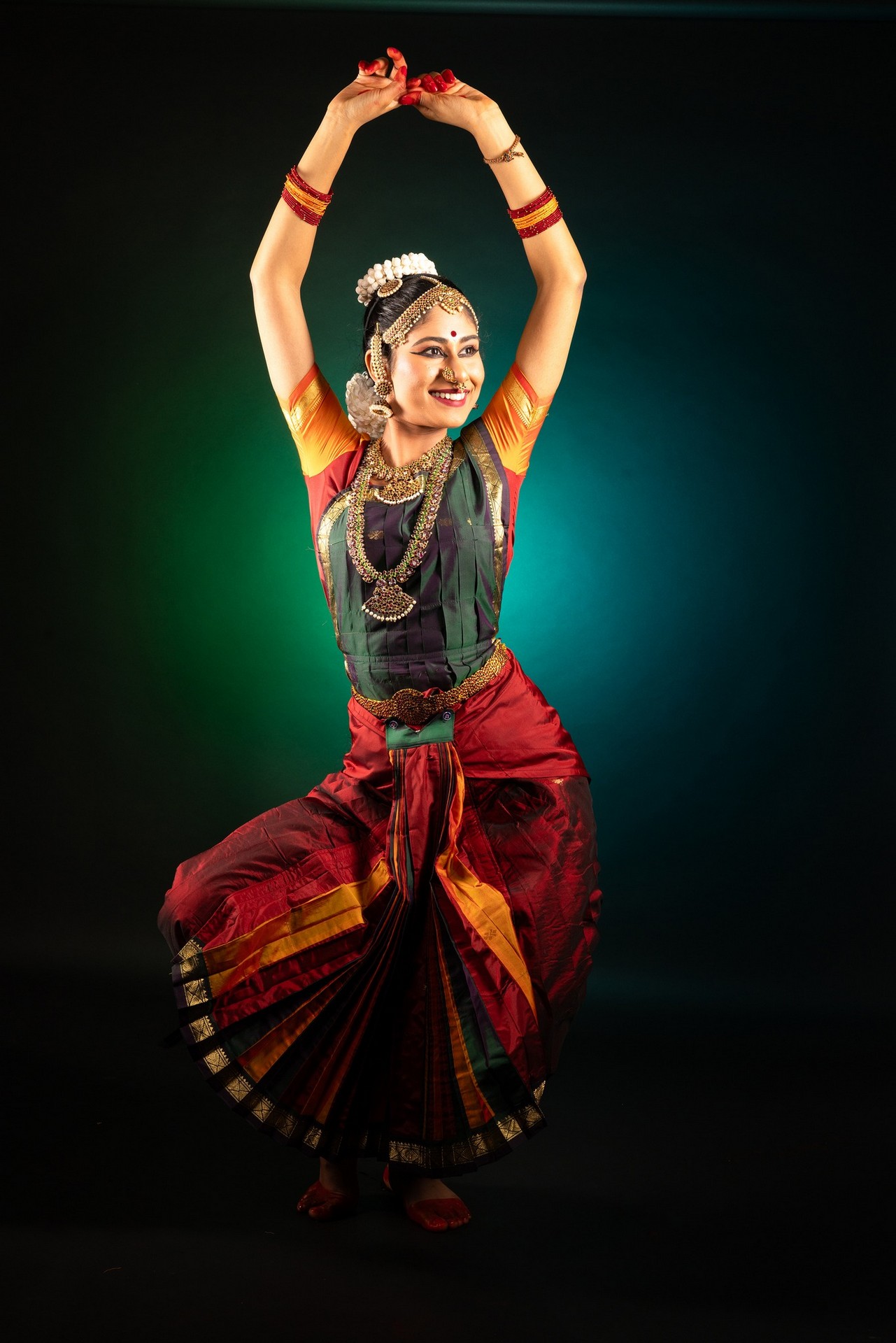

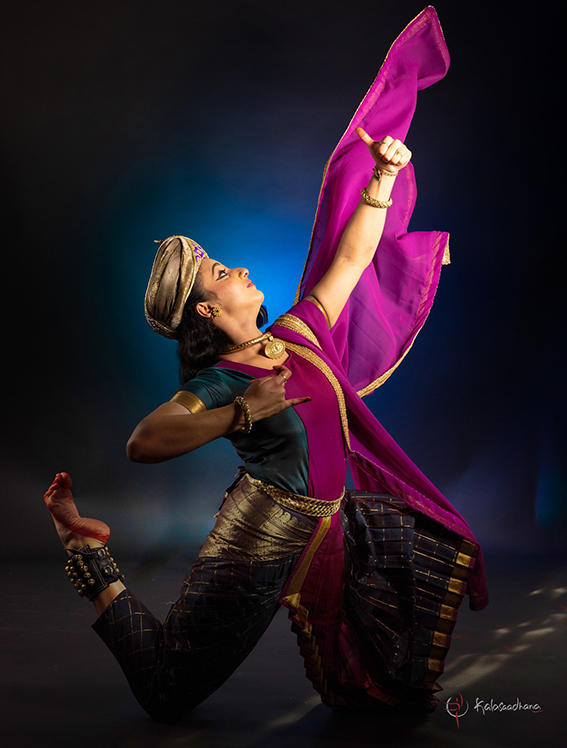
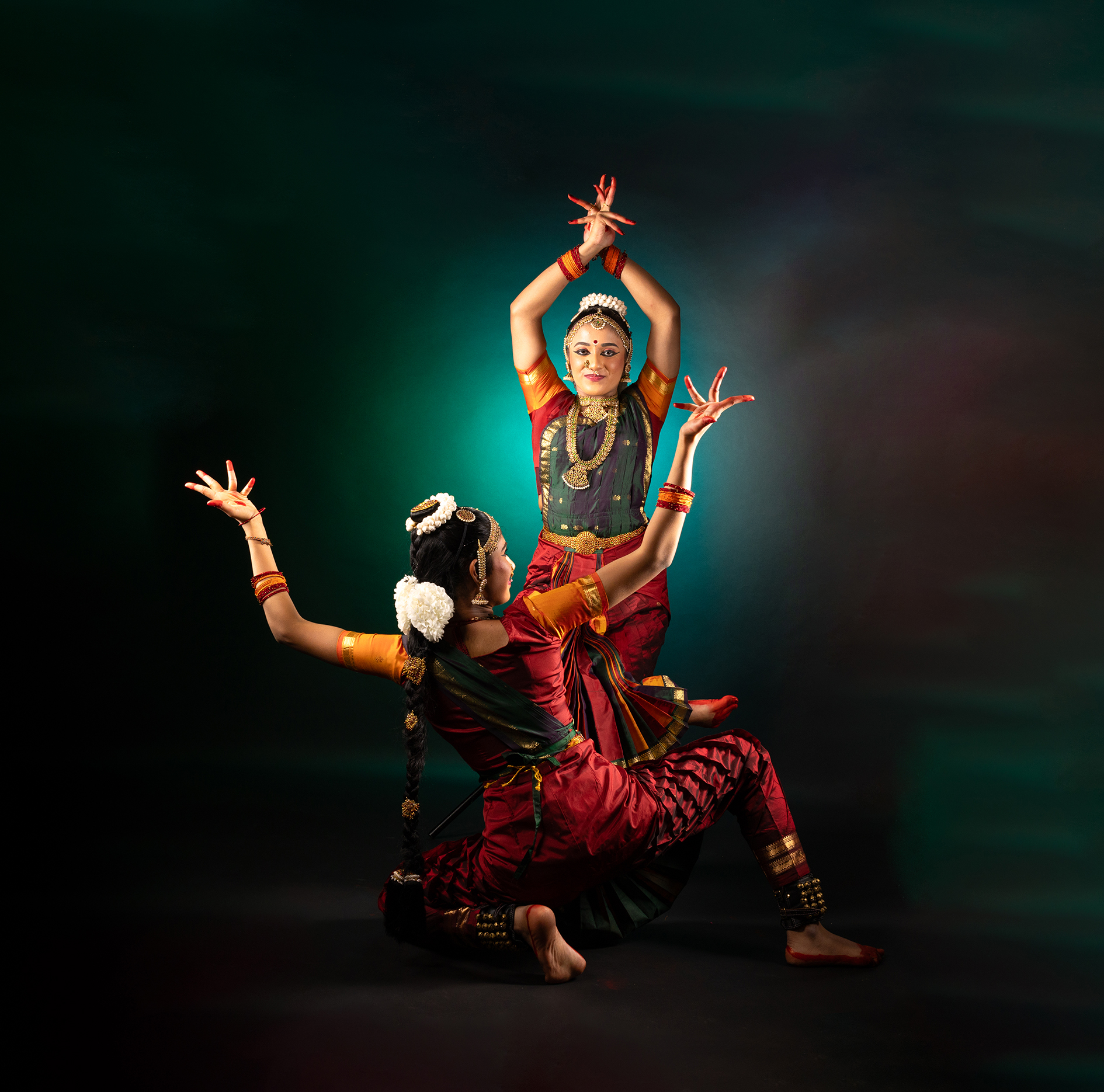
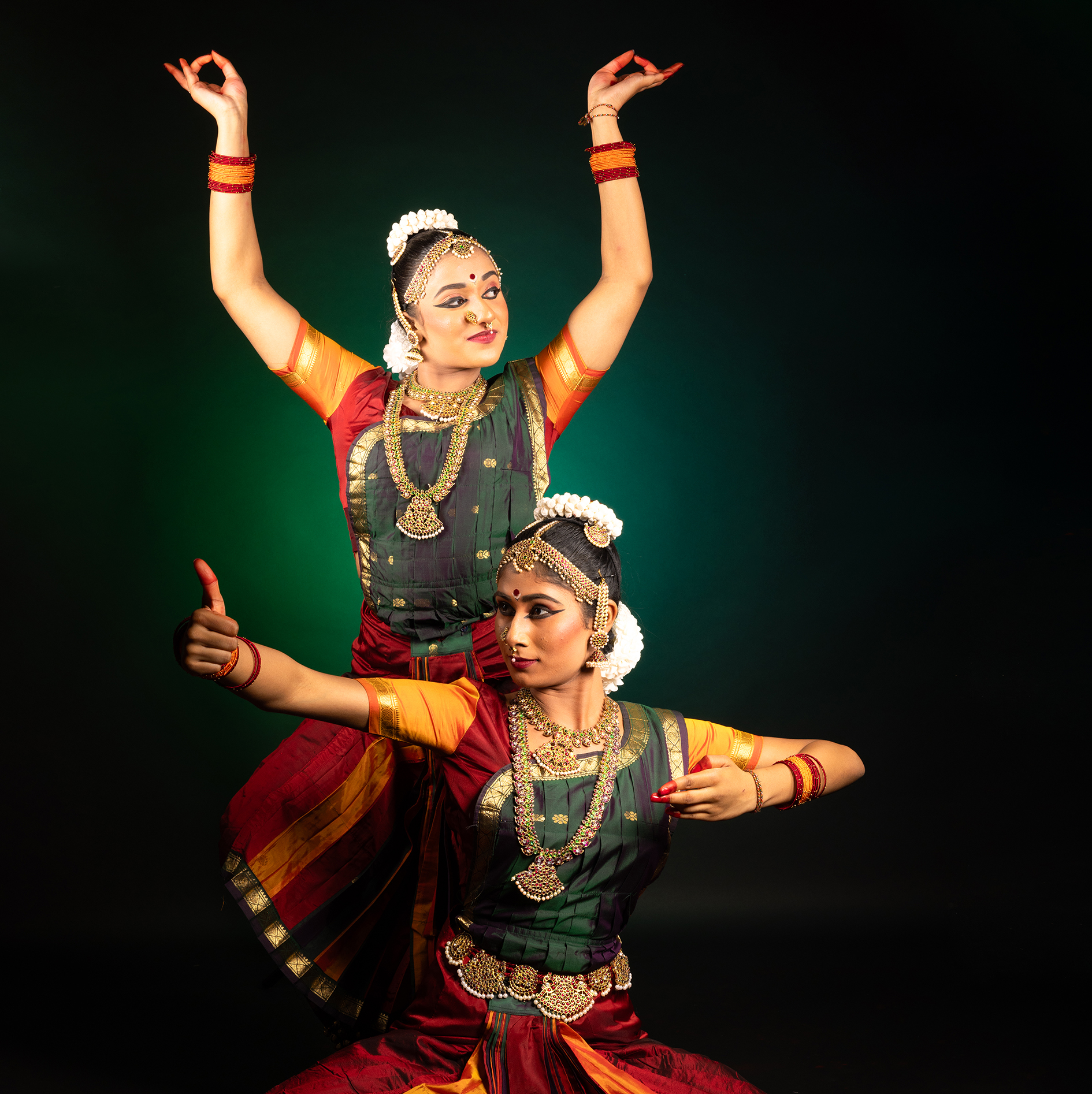
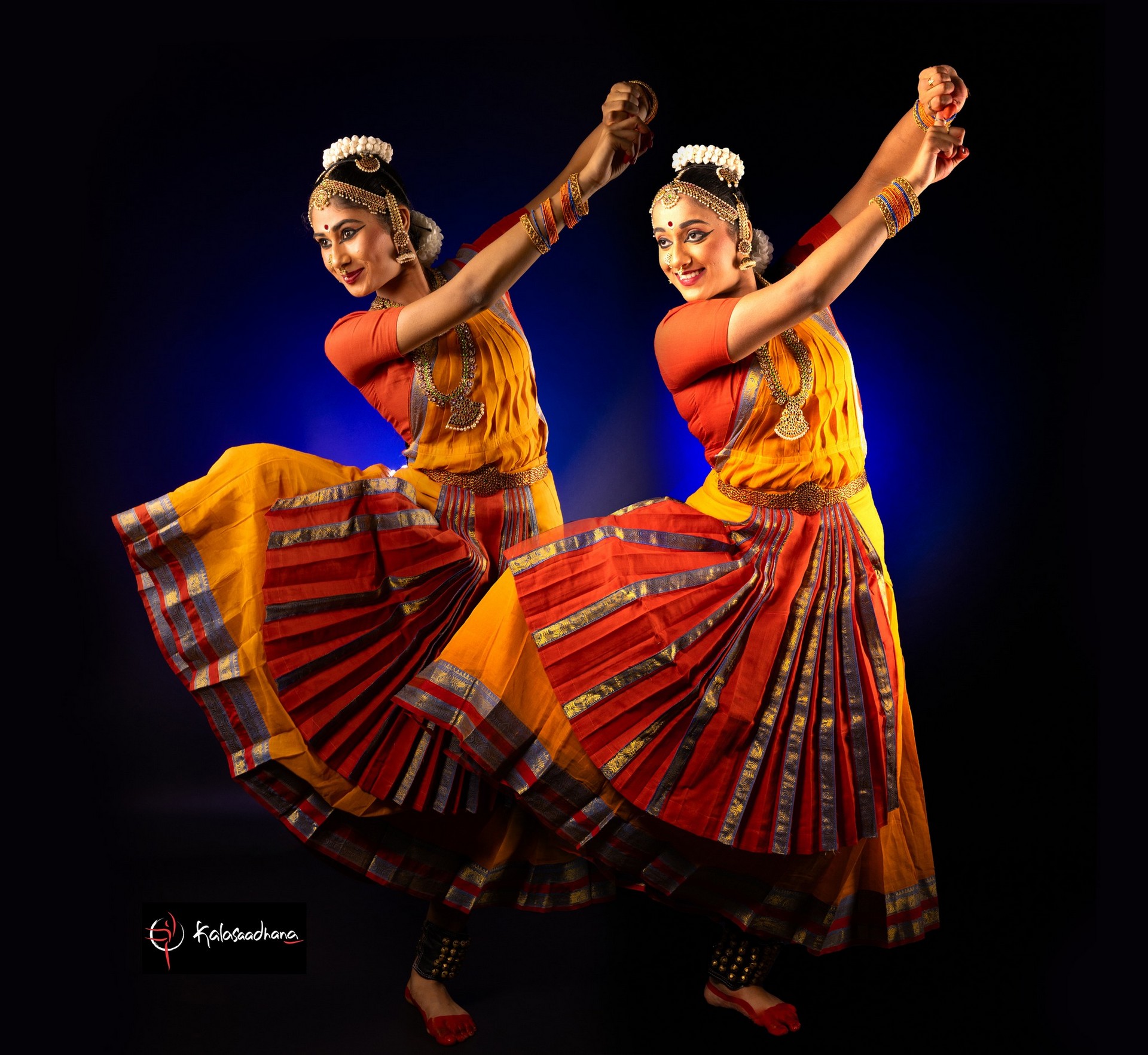
Thirukural Alarippu
Panjali Love towards Karnan
அரங்கைப் பேசுதல்
(தீதும் நன்றும் - ஆடல் அரங்கேற்றம்)
மனித வரலாறுகளைவிட கதைகளும் ஐதீகங்களும் மனித மனதிற்குப் பிடித்தமானவையாக இருக்கின்றன. அவை மனித மனதை ஆழமாகவும் கெட்டியாகவும் பிடித்துக்கொண்டிருக்கின்றன. புராண, இதிகாசக் கதைகள் என்பன வெறும் கதைகளாக மட்டுமே சமூகத்தில் இருப்பதில்லை. அவை மனிதர்களது வாழ்க்கையோடு பயணப்பட்டுவருகின்றன.
நன்மை-தீமை, நல்லவர்-கெட்டவர், உயர்வு-தாழ்வு, அழகு-கோரம் போன்ற எதிரெதிர் விடயங்களே கதைகளைச் சுவாரிசியமாக்குகின்றன. சில பாத்திரங்கள் கதாநாயக அந்தஸ்துடன் உதாரண புருசர்களாகவும், சில பாத்திரங்கள் தீய சக்திகளாகவும், கேலியாகவும், சீர்கேடானவையாகவும் பார்க்கப்படுகின்றன. இக்கதை மாந்தர்களின் பண்புகள், தன்மைகள், குணாதிசயங்கள், இயல்புகள், செயல்கள் மனிதர்களுடனும் ஒப்பீடு செய்யப்படுகின்றன.
இவைதாம் நன்றெனவும், இவைதாம் தீதெனவும் கொள்ளும் வரைவிலக்கணங்கள் இவ் அகண்ட பிரபஞ்சத்திற்கு இருப்பதில்லை. இப்பிரபஞ்சம் அதன் நியதிப்படி, பிரபஞ்ச ஒழுங்கின்படி ஓடிக்கொண்டிருக்கும். பாகுபடுத்திப் பார்க்கும் தன்மையைக் கொண்டிருப்பது மனிதமனங்களே.
எந்தவொரு விடயத்தையும் ஒன்றோடொன்று ஒப்பிட்டுப்பார்ப்பதும், ஒப்பீட்டின்வழி புரிந்துகொள்ள முயற்சிப்பதும் மனித மனதின் இயல்புகளில் ஒன்று. நன்று - தீது, உண்மை - பொய், இரவு - பகல் என்பவை சில உதாரணங்கள். பகுத்தாய்வதே மனதின் குணம். அதைச் சிற்றறிவு என விளக்குகிறது தமிழ்ச் சிந்தனை மரபு.
‘தீதும் நன்றும் பிறர் தர வாரா’ என்றதன் அர்த்தம், தீதும் நன்றும் பிறரால் அல்லாமல் தன்னாலே உண்டாவது என்பதல்ல. இந்த உலகில் நடைபெறும் அனைத்தும் உலக நியதியால் தீர்மானிக்கபடுகிறது என்பதே அக்கூற்றின் உட்பொருள்.
காலம், நிலம், மதம், பாண்பாடு தாண்டி சூழ்நிலைகளும் ஒரு மனிதனின் தன்மையைத் தீர்மாணிக்கும் சக்திவாய்ந்தவை.
இந்தியாவின் பழம்பெரும் இதிகாசங்களில் ஒன்று வியாசர் எழுதிய மகாபாரதம். மற்றொன்று வால்மீகி எழுதிய இராமாயணம். ஆசியக் கண்டத்திற் பரவலாகக் காணப்படும் இராமாயண மற்றும் மகாபாரதக் கதைகள் எமது சமூகத்திற் பரவலாக அறியப்பட்டவை. வடமொழியிலான மகாபாரத மூலத்தைப் பலர் பல மொழிகளில் மொழிபெயர்த்திருக்கின்றனர். வால்மீகியால் எழுதப்பட்ட இராமாயணம், தமிழில் கம்பரால் எழுதப்பட்டது.
மகாபாரதமும் இராமாயணமும் ஒரு லட்சத்துக்கும் மேலான கதைகளைக் கொண்டிருக்கின்றன என்று சொல்லப்படுகின்றது. மூலக்கதையோடு, கிளைக்கதைகள், கதைக்குட் கதை எனவான கதைசொல்லல் அமைப்பை உடையது. இக்கதைகளின் கிளைக்கதைகள் வாய்மொழியாகவும் கடத்தப்பட்டு வந்திருக்கின்றன. பழங்குடியினரிடம் புழக்கத்திற் காணப்படும் கதைகளும் பல உண்டு. சமூகத்திற்குச் சமூகம், மதங்களிற்கு மதம் கதையும், மாந்தர்களின் தன்மையும் மாறுபட்டே எழுதப்பட்டுள்ளன – மொழிபெயர்க்கப்பட்டுள்ளன – வாய்மொழியாகச் சொல்லப்பட்டும் வந்துள்ளன.
அவரவர்கள் தத்தம் கடவுளர்களையும், தத்தம் ‘குலத்தையும்’ உயர்த்திப் பேசவே விளைகின்றனர். சமூகங்கள் தத்தமது அதிகாரத்தை நிலைநிறுத்திப் பேணும்பொருட்டு முன்னெடுக்கும் உத்திகளில் ஒன்றே கதை சொல்லல். ஆதலால் சமூகத்திற்குச் சமூகம் கதைகள் வேறுபடுகின்றன.
மேலும் அதிகாரத்தில் இருப்பவர்களால் சொல்லப்படுவதே பெரும்பான்மையினால் உள்வாங்கவும்படுகின்றது. அவர்கள் எழுதுவதே வரலாறாகிறது. பெரும்பான்மையினரின் இதயங்களில் ஆழ வேரூன்றியும்விடுகிறது. உதாரணமாக இராமாயணத்தின் இராவணன் கதாபாத்திரத்தை சில சமூகங்கள் அரக்கனாகவும் கெட்டவனாகவும் காண்பிப்பதும் சில சமூகங்கள் மாவீரனாகவும் நல் அரசனாகவும் காண்பிப்பதும் இதன் பொருட்டே.
‘தீதும் நன்றும்’ எனும் இந்த ஆடல் அரங்கேற்றப் படைப்பின் ஊடாக, இராமாயண மற்றும் மகாபாரதக் கதைகளில் இடம்பெற்ற முதன்மையான எதிர்மறைப் பாத்திரங்கள் சிலவற்றின் தன்மைகளையும், அவற்றின் உள்ளக்கிடக்கைகளையும், காய்தல் உவத்தல் இன்றி எடுத்தியம்ப முனைகிறது கலாசாதனா கலைக்கூடம்.
கவிதா லட்சுமி
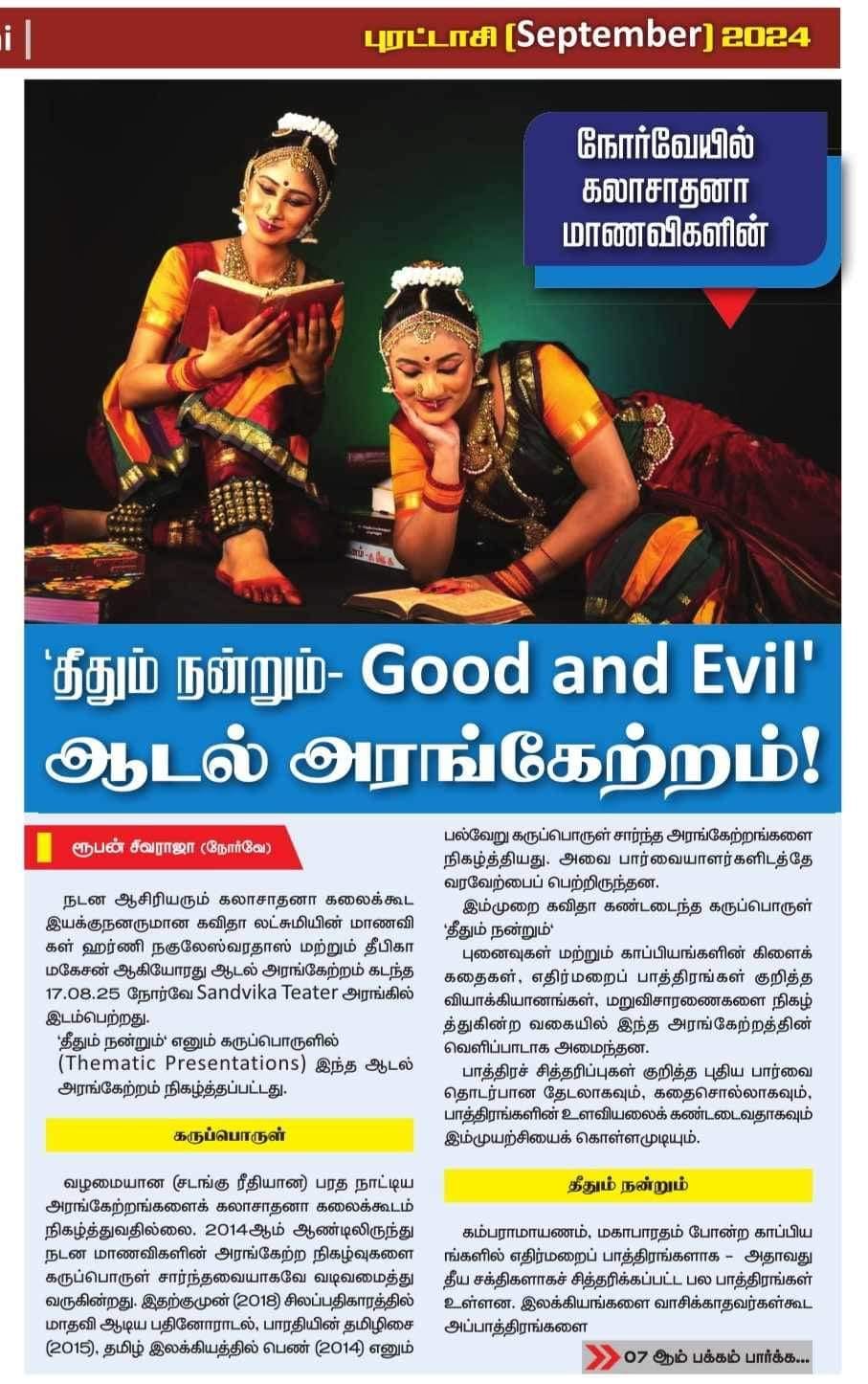
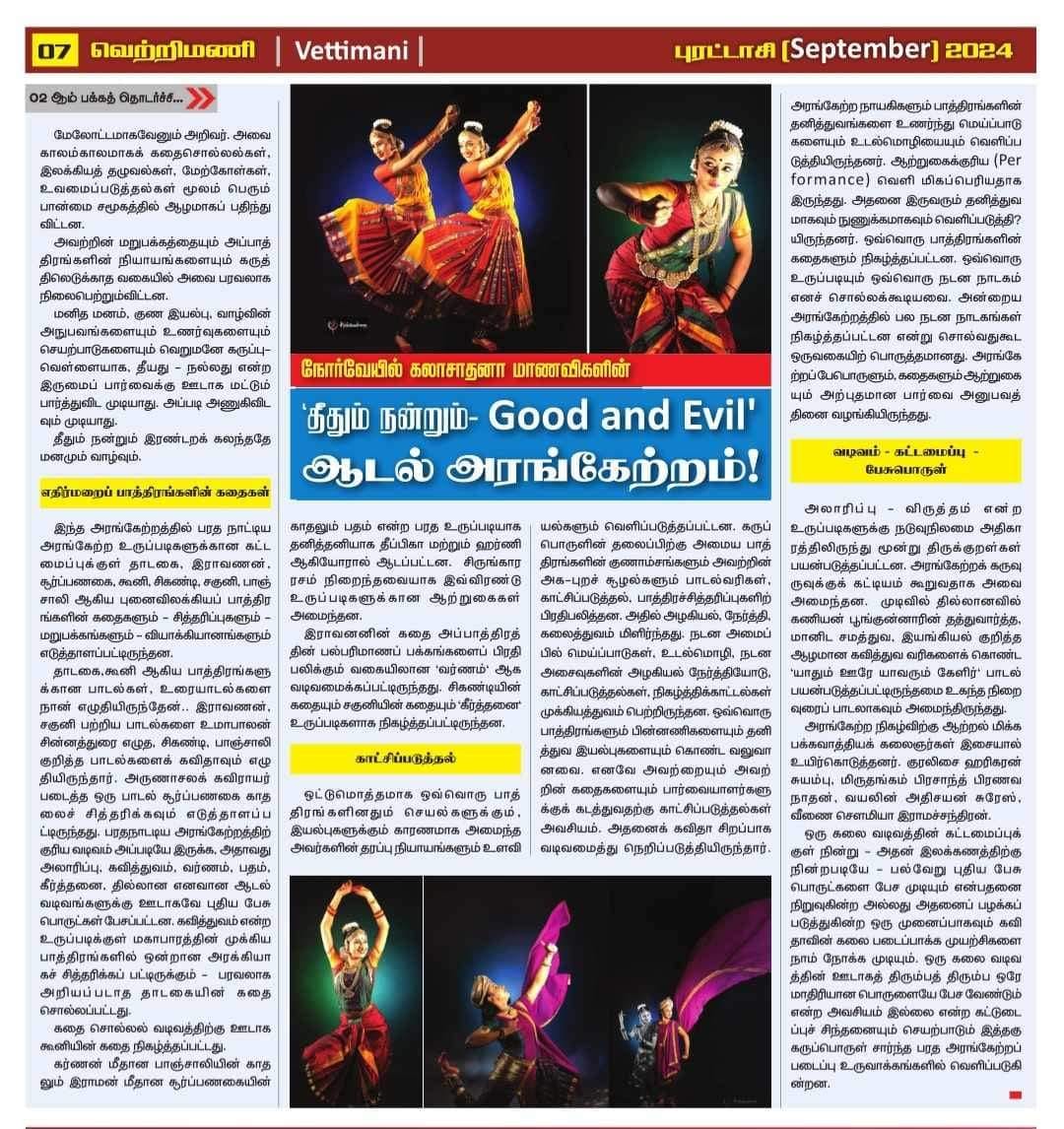
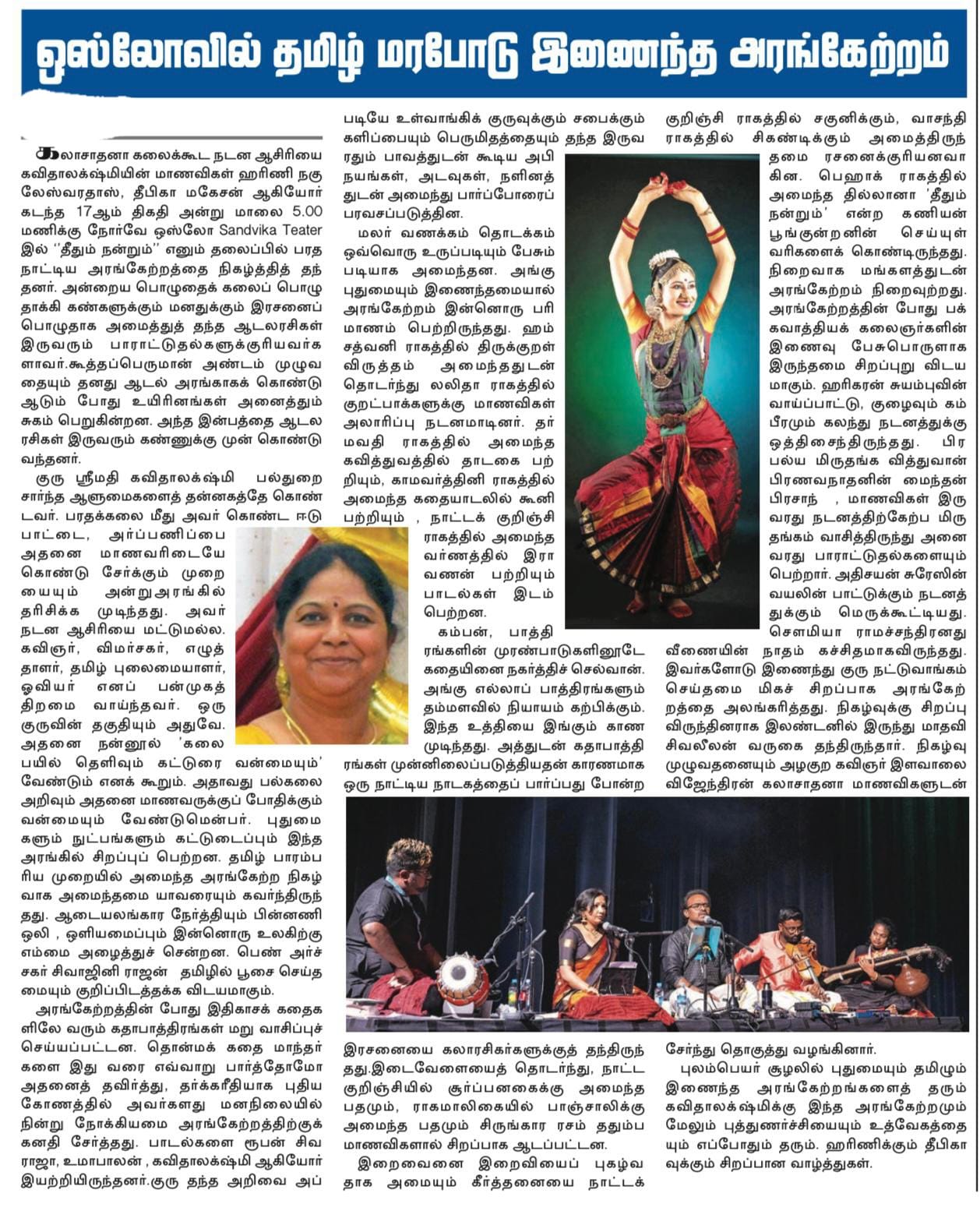

01 Thirukural Alarippu
Ethics and Morality: The Thirukkural's emphasis on virtue, justice, and righteousness can be beautifully depicted through Bharatanatyam. Dancers use expressive hand gestures and body movements to convey the concepts of truth, honesty, non-violence, and kindness, which are central to the Thirukkural's message
Integrating Thirukkural with Bharatanatyam offers a unique and innovative way to bring this ancient text to life. The intricate artistry of Bharatanatyam enhances the deep philosophical teachings of Thirukkural, allowing dancers and audiences alike to experience its timeless wisdom in a highly visual and emotive form.
02. Thadakai
“Innate Goodness: Originally, Thadaka was a celestial being, blessed with grace and beauty.
Desire for Justice: In the eyes of Thadaka, she might have seen her aggressive actions as a form of justice. Having been wronged by the gods and sages, she believed that her violent path was justified by the injustice done to her. In this sense, her goodness is clouded by a misunderstanding of the world around her—a desire for equality and respect that was never realized.
03 Ravana
In traditional depictions of the Ramayana, Ravana is typically portrayed as the villain — the demon king of Lanka who kidnaps Sita, leading to a catastrophic war with Rama. However, if we look deeper into Ravana's character, his actions, and his background, it becomes apparent that he is a far more nuanced and complex figure, one who can also be viewed as a hero in his own right. Ravana is not simply a one-dimensional villain; he is a figure embodying both strengths and flaws, wisdom and pride, devotion and rebellion.
A Scholar and Devotee. A Great King and Ruler, A Warrior and Protector, Ravana's Philosophical Legacy
04 Surpanagai
In the Ramayana, Soorpanakai’s love for Lord Rama is one of the more tragic and misunderstood aspects of her character. Her feelings for Rama are often portrayed as a form of unrequited love, which leads to her being vilified and punished. However, upon closer examination, Soorpanakai’s love for Rama can be seen not as an evil act, but rather as a complex emotion that is driven by natural human instincts, desires, and misunderstandings.
05 Kooni
From Kooni's perspective, the quest for justice is not about moral righteousness but about seeking retribution for the wrongs done to her and her kin. Her idea of justice is skewed by her emotions, desires, and the personal losses she faced. While her actions may seem unjust in the larger context of dharma (righteousness), Kooni represents the human tendency to justify one's actions when driven by pain, insecurity, and a sense of being wronged.In essence, Kooni’s side of justice is complex and marked by personal bias. It reflects how individuals can interpret justice in a self-serving manner, often leading to actions that may seem unjust to others, but appear justified in their own eyes due to their emotional context.
06 Sakuni
Shakuni, the cunning and manipulative character from the Mahabharata, is often depicted as the mastermind behind the downfall of the Pandavas and the initiation of the great Kurukshetra War.
Shakuni’s sense of justice is not based on fairness or equity but on the principle of retribution. Having suffered from personal humiliation and the wrongs inflicted upon his family by the Kuru dynasty, Shakuni becomes obsessed with revenge.
From Shakuni’s perspective, justice is a tool to gain control and exact revenge. He justifies his underhanded actions as a means to rectify the perceived injustices done to his family.
07 Panjali
Draupadi, the central female figure in the Mahabharata, is primarily known for her marriage to the five Pandava brothers, but her relationship with Karna is one of the most nuanced and poignant aspects of the epic. While Draupadi’s love for Arjuna is well-documented and celebrated, her connection to Karna is a complex blend of admiration, respect, and unspoken affection, tinged with sorrow and regret.
Throughout the epic, Karna and Draupadi’s relationship is marked by an intense undercurrent of emotions—unexpressed and unresolved.
Draupadi’s feelings for Karna reflect the Mahabharata’s overarching themes of destiny, justice, and familial ties. Her love for Karna is not romantic in the conventional sense, but rather a deep, unspoken affection for a man who, like her, is bound by duty, loyalty, and the forces of fate.
08 Thillana on "Yavarum Kelir"
In conclusion, Kaniyan Poongundranar remains a central figure in Tamil literature and philosophy, embodying ideals of social harmony, ethical conduct, and the universal brotherhood of humankind. His wisdom continues to inspire, and his message of unity is as relevant today as it was in his time.
The most famous verse attributed to Kaniyan Poongundranar is found in the Purananuru anthology, one of the classical Tamil Sangam poems. The verse, "Yaadhum Oore Yaavarum Kelir," translates to: "All the places of the world are thy living place, and all the people are thy relatives." This profound line embodies his deep sense of universality, stressing that all human beings, regardless of their geographical origins or social status, are bound by common kinship and a shared humanity.
----
.
